Last week, I watched a friend lose $15,000 in a single FOMO trade on Solana. He'd been doing well for months, following his strategy religiously, but one tweet about a "moonshot opportunity" made him throw everything out the window. Sound familiar? If you've been in crypto for more than five minutes, you've probably seen this story play out countless times – hell, maybe you've lived it yourself.
The brutal truth about crypto trading isn't that most people lack good strategies. It's that they lack the mental framework to execute those strategies when their emotions are screaming at them to do the opposite. You can have the most sophisticated technical analysis setup in the world, but if you can't control your psychology, you're essentially gambling with extra steps.
Why Your Brain is Your Biggest Enemy in Crypto
Our brains evolved to keep us alive on the African savannah, not to make rational decisions about digital assets that didn't exist until 15 years ago. The same fight-or-flight response that helped our ancestors escape lions now triggers when we see our portfolio drop 20% in an hour. The problem is, running away from a predator makes sense – panic selling your Bitcoin at the bottom doesn't.
The crypto market amplifies every psychological bias we have. Traditional markets close at night and on weekends, giving you time to cool off and think rationally. Crypto never sleeps. That 3 AM notification about your altcoin pumping hits different when you're half-awake and your judgment is compromised.
The market can remain irrational longer than you can remain solvent, and in crypto, that irrationality is amplified by 24/7 trading, social media hype, and retail FOMO.
Adaptation of Keynes' famous quote
The FOMO Trap: How Social Media Hijacks Your Trading Brain
Twitter (sorry, X) is probably responsible for more blown trading accounts than any technical indicator ever could be. The platform's algorithm is designed to show you content that provokes strong emotional reactions – and nothing provokes stronger reactions than seeing someone else make life-changing money on a coin you passed on.
Here's what happens in your brain when you see that tweet about someone turning $1,000 into $100,000 on the latest dog coin: your anterior cingulate cortex lights up like a Christmas tree. This is the same region that activates when you experience physical pain. Your brain literally interprets missing out on gains as equivalent to being injured.


The antidote to FOMO isn't to delete Twitter (though that wouldn't hurt). It's to develop what psychologists call "emotional granularity" – the ability to identify and label your emotions with precision. Instead of just feeling "bad" when you miss a pump, train yourself to recognize: "I'm experiencing regret about a missed opportunity, but this feeling will pass, and there will be other opportunities."
Building Your Psychological Trading Framework
Every successful crypto trader I know has developed their own version of what I call a "psychological trading framework." This isn't just about having rules – it's about understanding why you break those rules and building systems to prevent it.
The framework starts with radical self-awareness. You need to know your triggers. Do you trade more aggressively after a losing streak? Do you take profits too early because you're afraid of giving back gains? Do you add to losing positions because you can't admit you were wrong? Most traders never honestly assess their behavioral patterns, which is why they keep making the same mistakes.
Here's a simple exercise that changed my trading: for one month, before every trade, write down three things:
- What emotion you're feeling right now (excited, fearful, confident, etc.)
- What recent market event is influencing your decision
- What you'll do if the trade goes against you by 10%, 20%, and 50%
This forces you to pause and engage your prefrontal cortex – the rational part of your brain – before your limbic system (emotions) can hijack your decision-making process.
The Technical Side: Automating Your Psychology
One of the best things about crypto trading is that you can automate away many of your psychological weaknesses. Here's a simple Python script I use to automatically execute trades based on predetermined criteria, removing emotion from the equation:
import ccxt
import pandas as pd
import numpy as np
from datetime import datetime, timedelta
import time
class EmotionlessTrader:
def __init__(self, exchange_id, api_key, secret, sandbox=True):
self.exchange = getattr(ccxt, exchange_id)({
'apiKey': api_key,
'secret': secret,
'sandbox': sandbox,
'enableRateLimit': True,
})
# These rules prevent emotional trading
self.max_daily_trades = 3 # Prevents overtrading
self.max_position_size = 0.02 # Never risk more than 2% per trade
self.daily_trade_count = 0
self.last_trade_date = datetime.now().date()
def check_trading_rules(self):
"""Enforce psychological guardrails"""
current_date = datetime.now().date()
# Reset daily counter
if current_date != self.last_trade_date:
self.daily_trade_count = 0
self.last_trade_date = current_date
# Check if we've hit daily limit
if self.daily_trade_count >= self.max_daily_trades:
print("Daily trade limit reached. No more trades today.")
return False
return True
def calculate_position_size(self, account_balance, stop_loss_percentage):
"""Calculate position size based on risk management rules"""
risk_amount = account_balance * self.max_position_size
position_size = risk_amount / (stop_loss_percentage / 100)
return min(position_size, account_balance * 0.1) # Never use more than 10% of balance
def execute_trade(self, symbol, side, entry_price, stop_loss, take_profit):
"""Execute trade with predetermined rules - no emotions allowed"""
if not self.check_trading_rules():
return None
try:
balance = self.exchange.fetch_balance()
account_balance = balance['USDT']['free']
stop_loss_pct = abs((entry_price - stop_loss) / entry_price * 100)
position_size = self.calculate_position_size(account_balance, stop_loss_pct)
# Place the main order
order = self.exchange.create_market_order(symbol, side, position_size)
# Immediately place stop loss and take profit
if side == 'buy':
self.exchange.create_order(symbol, 'stop_market', 'sell', position_size, None, None, {
'stopPrice': stop_loss
})
self.exchange.create_order(symbol, 'limit', 'sell', position_size, take_profit)
self.daily_trade_count += 1
print(f"Trade executed: {side} {position_size} {symbol} at {entry_price}")
return order
except Exception as e:
print(f"Trade execution failed: {e}")
return None
# Usage example
trader = EmotionlessTrader('binance', 'your_api_key', 'your_secret')
# This trade will only execute if it passes all psychological guardrails
trader.execute_trade('BTC/USDT', 'buy', 45000, 43000, 48000)
This script embodies several psychological principles. The daily trade limit prevents overtrading (a common emotional response to losses). The position sizing ensures you never risk more than you can afford to lose. The automatic stop losses and take profits remove the emotional decision of when to exit.
The Paradox of Control in Crypto Markets
Here's something that might mess with your head: the more you try to control the market, the less control you actually have. This is especially true in crypto, where a single Elon Musk tweet can move markets more than months of technical analysis.
The traders who last in this game understand that their only real control is over their own behavior. You can't control whether Bitcoin pumps or dumps tomorrow, but you can control whether you stick to your risk management rules. You can't control whether the altcoin you're eyeing gets listed on Coinbase, but you can control how much of your portfolio you allocate to speculative plays.
This shift in focus from trying to predict and control external events to managing your internal responses is what separates consistently profitable traders from the ones who blow up every bull market.
Dealing with the Unique Stresses of Crypto Trading
Crypto trading comes with psychological challenges that don't exist in traditional markets. The 24/7 nature means you never truly "clock out." The extreme volatility can trigger stress responses that affect your sleep, relationships, and mental health. The social media aspect adds peer pressure and comparison that can drive irrational decisions.
I learned this the hard way during the 2017 bull run. I was glued to my phone, checking prices every few minutes, losing sleep over positions, and snapping at friends who didn't understand why I was so stressed about "fake internet money." The psychological toll was enormous, and ironically, it made my trading worse because I was operating in a constant state of cortisol-fueled anxiety.
The crypto market doesn't care about your emotions, your bills, or your timeline. It operates on its own schedule, and the sooner you accept that, the better your mental health and your returns will be.
Personal trading journal, 2018
Here are some practical strategies I've developed for managing crypto-specific stress:
- Set specific times for checking prices (I check at 9 AM, 2 PM, and 8 PM)
- Use portfolio tracking apps that show percentage changes, not dollar amounts
- Practice the "72-hour rule" – wait 72 hours before making any major trading decisions
- Keep a "war fund" separate from your trading capital for opportunities that require quick action
- Learn to celebrate small, consistent wins rather than swinging for home runs
The Role of Community and Social Proof
Humans are social creatures, and this extends to our trading decisions. The crypto community aspect can be both your greatest asset and your biggest liability. On one hand, being part of a knowledgeable trading community can provide valuable insights and emotional support. On the other hand, groupthink and social proof can lead entire communities off a cliff together.
I've seen Discord servers full of smart people convince each other to hold positions way too long because everyone was reinforcing the same bias. I've watched Twitter spaces where "diamond hands" culture prevented people from taking profits at obvious tops. The pressure to conform to group sentiment is real and costly.
The key is to find communities that prioritize process over outcomes. Look for groups that discuss risk management as much as they discuss potential gains. Avoid communities where questioning the group narrative is discouraged or where success is measured only in terms of percentage gains rather than risk-adjusted returns.
Developing Emotional Resilience for the Long Game
Crypto markets go through cycles – bull markets, bear markets, and everything in between. The traders who survive multiple cycles aren't necessarily the ones with the best technical analysis skills. They're the ones who develop emotional resilience and maintain perspective during extreme market conditions.
During bear markets, you'll watch your portfolio shrink day after day. The psychological impact can be devastating if you haven't prepared for it mentally. During bull markets, you'll experience FOMO unlike anything in traditional investing as coins 10x seemingly overnight. Both scenarios can destroy your decision-making ability if you're not psychologically prepared.
Building resilience starts with accepting that large drawdowns are part of the game. If you can't handle seeing your portfolio drop 50% from its peak, you shouldn't be trading crypto. This isn't about being macho – it's about understanding the statistical reality of what you've signed up for.
Here's a thought experiment that helped me develop better emotional resilience: imagine your current portfolio going to zero tomorrow. Really sit with that feeling. What would you do? How would you recover? What would you learn? This isn't about being pessimistic – it's about preparing your mind for worst-case scenarios so they don't paralyze you if they occur.
The Compound Effect of Small Psychological Improvements
One of the most powerful concepts in trading psychology is that small improvements in your mental game compound over time. Reducing your average loss by 1% per trade might not seem significant, but over hundreds of trades, it can be the difference between profitability and going broke.
Similarly, improving your ability to let winners run by just 10% can dramatically impact your long-term returns. The math is straightforward, but the psychology is complex. It requires developing comfort with uncertainty and the discipline to stick to your plan when your brain is screaming at you to secure profits.
Track these improvements like you would track any other trading metric. Keep a journal of your emotional state before, during, and after trades. Note patterns. Celebrate progress, even if it's small. The goal isn't to become an emotionless robot – it's to become someone who can acknowledge their emotions without being controlled by them.
Advanced Psychological Techniques for Crypto Traders
Once you've mastered the basics of emotional regulation, there are more advanced psychological techniques that can give you an edge. Visualization is one that many professional athletes use and that applies directly to trading.
Before entering a position, spend a few minutes visualizing different scenarios. See yourself calmly executing your stop loss if the trade goes against you. Visualize taking partial profits at your predetermined levels. Imagine holding through normal volatility without panicking. This mental rehearsal helps your brain prepare for these situations, making it more likely you'll execute properly when they occur.
Another technique is called "pre-mortem analysis." Before making a significant trade, imagine it went terribly wrong. What would have caused that? How could you have prevented it? This helps identify potential blind spots and strengthens your conviction if you decide to proceed.
Mindfulness meditation might sound too "woo-woo" for some traders, but there's solid research showing it improves decision-making under stress. Even five minutes of daily meditation can help you develop the mental space between a trigger (like seeing a big red candle) and your response (like panic selling).
Building Your Personal Trading Psychology Playbook
Every trader needs to develop their own psychological playbook – a set of personal rules and practices that help them maintain optimal decision-making under various market conditions. This isn't a one-size-fits-all solution because everyone's psychological makeup is different.
Your playbook should address common scenarios you'll face:
- What will you do when a position goes against you immediately after entry?
- How will you handle the urge to revenge trade after a big loss?
- What's your process for deciding whether to hold or sell during a major market crash?
- How will you maintain discipline during a euphoric bull market?
- What will you do when you're tempted to increase position size after a winning streak?
Write these responses down when you're thinking clearly, not when you're in the middle of market chaos. Your stressed brain will try to convince you that "this time is different," but having predetermined responses helps you stick to rational decisions.
The Future of Trading Psychology in Crypto
As the crypto market matures, I believe the importance of trading psychology will only increase. The easy money from the early days is largely gone. What remains requires skill, discipline, and emotional intelligence. The traders who focus on developing these psychological skills alongside their technical knowledge will have a significant advantage.
We're already seeing this evolution in other areas of crypto. DeFi protocols are building in psychological features like time delays for large withdrawals. NFT platforms are implementing cooling-off periods for high-value purchases. The market is recognizing that human psychology is a crucial factor that needs to be addressed.
For individual traders, this means that developing strong psychological skills isn't just helpful – it's becoming essential for survival. The market is getting more efficient, the competition is getting smarter, and the easy opportunities are getting rarer. Your edge increasingly comes from your ability to execute with discipline and maintain emotional equilibrium when others can't.
The most successful crypto traders I know aren't the ones with the fanciest setups or the most complex strategies. They're the ones who understand their own psychology, have developed systems to work with their natural tendencies rather than against them, and can maintain long-term perspective in a market that rewards short-term thinking.
Your mindset truly is your strategy. Everything else is just tactics. Master your psychology, and you'll find that the technical aspects of trading become much easier to execute. Ignore it, and even the best strategies in the world won't save you from yourself.
Remember, in crypto trading, you're not just competing against other traders – you're competing against your own worst impulses. The good news is that unlike the market, your psychology is something you can actually control and improve. Start there, and everything else will follow.
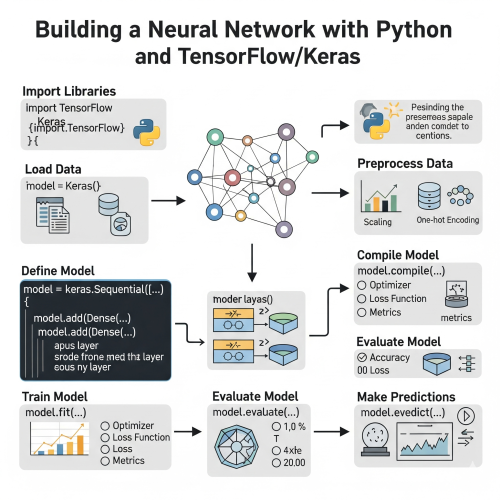


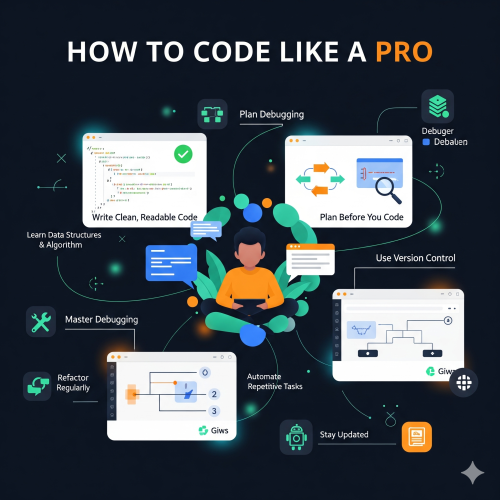
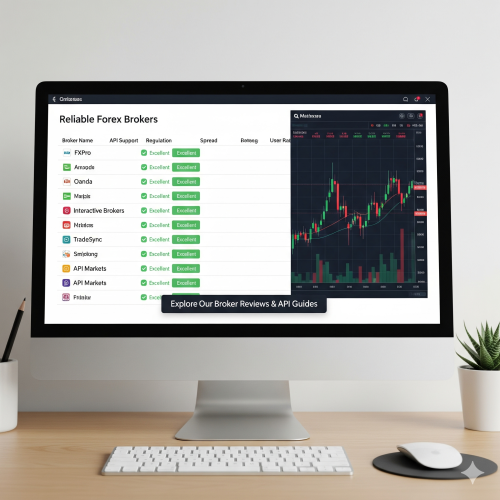



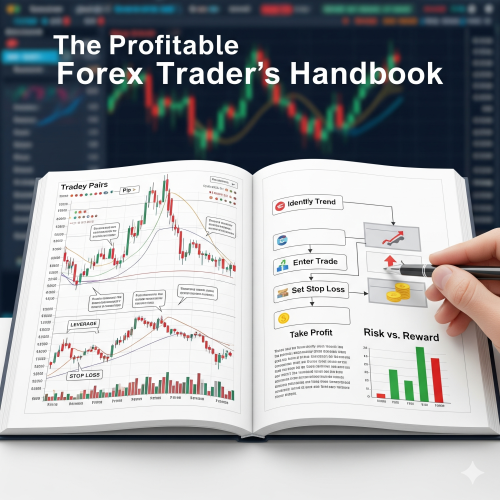
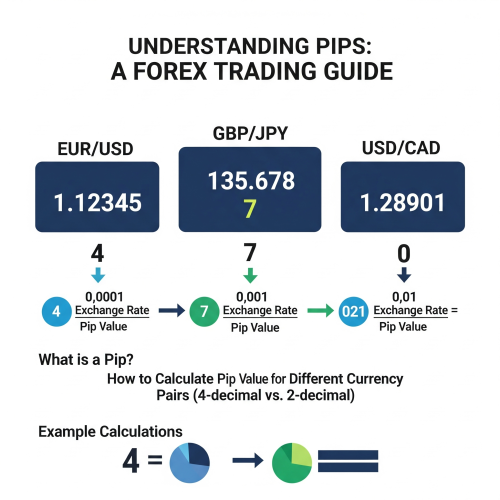




0 Comment